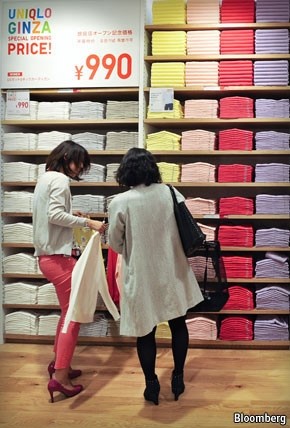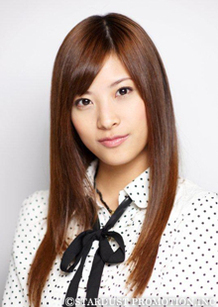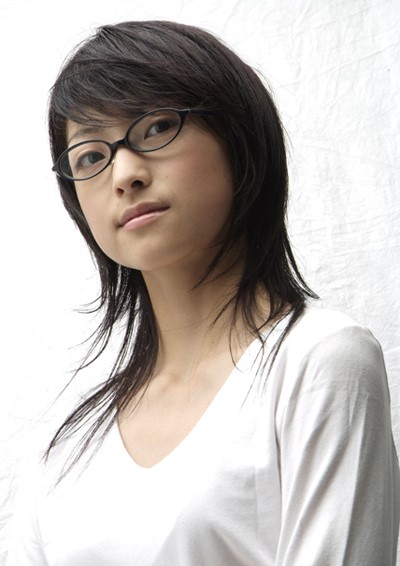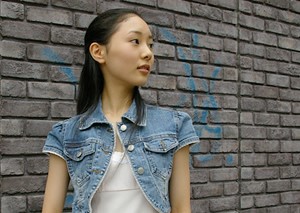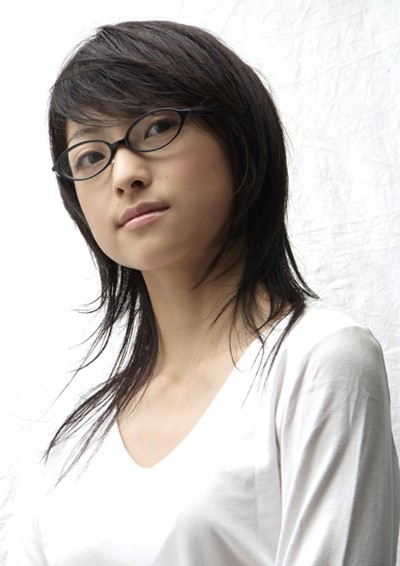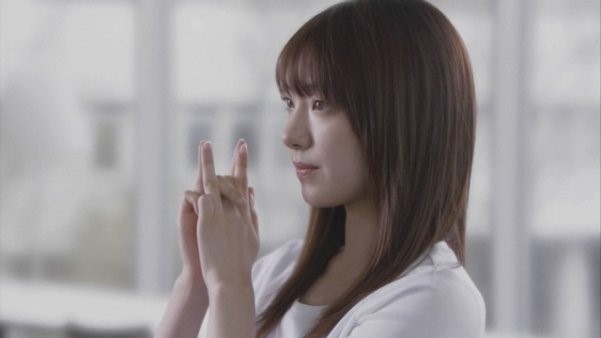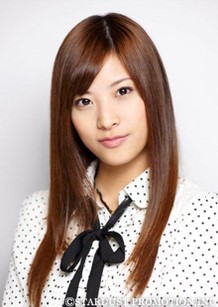

 字體:小 中 大
字體:小 中 大 |
|
|
||||||||
| 2018/03/25 01:26:29瀏覽181|回應0|推薦0 | ||||||||
UniqloGolden fleecesZara’s Japanese rival gears itself to conquer ChinaMar 24th 2012 | TOKYO | from the print edition
FASHIONABLE Japanese are sniffy about Uniqlo’s cheap clothes. There’s even a slang word for “you’ve been caught [wearing] Uniqlo”. Students shout “unibare!” when they see an offender. Tadashi Yanai, Uniqlo’s founder, admits that his brand has a better image abroad than in Japan. So on March 16th he opened his biggest-ever store in Ginza, Tokyo’s smartest street. He has done the same thing in New York, opening a big posh shop to give his clothes more allure. Now he wants to impress not only Japanese shoppers but Chinese ones, too. In this section · »Golden fleeces Like Inditex, the Spanish firm that owns the Zara brand (see article), Mr Yanai is betting big on Asia. He plans to open 100 stores in Asia (outside Japan) this year, rising to 200-300 annually in a few years’ time. His target is for Uniqlo to generate most of its revenues abroad within four years. Last year Uniqlo’s Japanese sales were ¥600 billion ($7 billion); foreign sales were less than a sixth as much. Uniqlo’s approach is quite different from Zara’s. Whereas the Spanish firm chases every fleeting fashion, Uniqlo relies on large volumes of high-quality, cheap items, such as fleeces and jeans, that last all season. But it is far less global. According to Yukimi Oda of Morgan Stanley MUFG in Tokyo, sales of Fast Retailing, Uniqlo’s parent, are about 60% of those of its two biggest rivals, Inditex and H&M of Sweden, but operating profits are only a third the size. Ms Oda reckons more scale in Asia will bolster margins. Next year she expects Uniqlo’s number of stores in China to surge ahead of Zara’s and H&M’s, as they have done already in South Korea. Uniqlo has three advantages. Japan is physically much closer to China than Spain is. It is closer culturally, too. Japanese shapes and styles are similar to Chinese ones. Even the weather is similar. Uniqlo’s high-tech clothing makes wearers sweat less during sweltering summers, which is handy. And being Japanese has cachet, among Asia’s fashionistas if not its nationalists. But Roy Larke of JapanConsuming, a market-research firm, says the “Japan-is-cool” image Uniqlo brings to the rest of Asia will not last forever. He believes it will eventually have to emulate some of the fast-fashion expertise of Zara. Meanwhile, the Ginza store may add a bit of badly needed glamour. from the print edition | Business · Recommended · inShare0 Want more? Subscribe to The Economist and get the weeks most relevant news and analysis. Golden fleeces Mar 26th 2012, 13:00
When Japan’s electronic enterprises suffers the frozen snows making Japan’s economy become stagnant, Uniqlo has already become the Asian successful brand in clothes industry with Fast Retailing improving the sales so that Japan nowadays still remains prestige from the previous electronic empire by Sony and Toshiba for a long time. Coincidentally, it is Uniqlo that is typical for introducing the recent Asian brand-marketing that I discussed about Chinese manufactures’ business last week.
Born in 1949 and graduating from Wasada University, Tadashi Yanai took on his father’s suit store in 1972 after working transiently in a department store. In 1984, his Fast Retailing opened the first Uniqlo store in Hiroshima, derived from the mistaken script “Uniclo”(the origin) - the interestingly similar to Google’s “Googolplex”. Then, Uniqlo step by step built quality and confidence of consumers steadily. After world’s financial gloom in 2008, Uniqlo’s share price raised 63%, letting his asset rocket to 6 billion dollar. Announced by Forbes in this month, he ranked 88th in the world and the richest in Japan the third year, defeating Nintendo’s Yamauchi Hiroshi, with a net worth of 10 billion dollars.
Besides continuing expanding stores and branches, his Fast Retailing’s global brands, now including Theory, Comptoir des Cotonniers and Princesse Tam, turns big companies from American Eagle Outfitters Inc. to Aeropostale Inc. into potential takeover targets, according to Bloomberg’s interview with him last November. After New York’s Fifth Avenue Store had broken the historic record of the largest in the world, several weeks ago the store starting in Tokyo’s Ginza, the most luxurious district in Asia, once again broke historically-largest record.
For a decade, Yanai has willing to share the experience by writing for younger generation eager to win the glory, including talks with Kenichi Ohmae called “Mr. Strategy”. From his well-known writings, “Win One Time with Nine Times’ Lose”, he listed utmost 23 disciplines of his business philosophy. He emphasizes the importance of the lesson from any kind of failure (the 12th discipline), indicating that the business leaders should clearly remember and thoroughly analyze their past either lose or win. His reputation is rising up with his thoughts on both his own writings and the relative reports in the recent years.
Uniqlo with Fast Retailing has unique way to marketing and sales, very different from other clothes enterprises like Hong Kong three giants Lai Zai-ing’s Giordano, the world’s largest supplier of clothes and toys Li & Fung Group of Bruce Rockowitz, Bossini’s Mr. Law Ka Sing, American Hang Ten and Spain’s Zara of Amancio Ortega Gaona. Uniqlo borrows an idea of facebook on website and chases the fashionable cooperation with other fields. Self-evidently, the key to rapid expansion of business results in the innovatively constant development of marketing - encompassing all stages of the business from design and production to final sale - which always leads consumers to promote the loyalty of brand. For instance, Jazz CD “Blue Note meets UNIQLO” and followings which may catch your eyes :
http://www.uniqlo.com/screensaver/
This nice screensaver shows four dancing young Japanese models - Shiraki Ayumi, Matsunaga Kanami, Ikeda Misaki, Ishizy Yu - whose expression of skill is a bit less than Nozomi Sasaki or Keiko Kitagawa’s. Just as this one, Uniqlo often offers extra bonus to customers, always producing talks in Japan as well as overseas. And its public and transparent information, about exercising business on the official website with the affiliation of e-shop, results in high confidence of the brand’s recognition and the good relationship between sales and purchasers.
Uniqlo depending on the Southern and Southeastern Asia’s factories plus the seriously-examined choice of source and the well-designed mark or pictures, make the clothes cost lower than competitors. Its first store in Taiwan is located in Taipei’s Hankyu B1 of Uni-President Group from Oct. 2010, selling items from glasses, umbrella to casual wears and suit, of course, including the world’s best-selling and most popular sweatshirts. Today, there are already 11 stores in Taiwan. I’m becoming accustomed to wearing its fine clothes shirts second to my often-dressing Lacoste of France.
And by 2012’s January, Uniqlo opened 113 stores in China. I don’t think that Japanese trend would decline as soon as this article talked. Japan and China’s interaction is improving. Yesterday in Beijing, Democratic Party Secretary General Azuma Koshiishi and Li Yuan-tsuao, the head of Chinese Communist Partys central committee and one of fifth-generation core, agreed on the plan to set up hotline to each other. Another good example is that China’s Wen Jia-bao met AVEX’s SMAP last May for the solid friendship. The article’s sayings inferring that Japan and China are in dispute is very questionable.
Recommended 13 Report Permalink 產業的變遷在蛻變中的中國輕工業方面顯得突出,轉眼間透過日經中文網引用日本貿易振興機構(JETRO)統計顯示,越南的月工資已追趕至僅為中國的一半左右,2018年經去年越南勞工聯合會決議為6.5%,依各省不同,每月$121-175。柬埔寨的紡織業人年平均有中國的一半以上一些。而2010年時為。2018年4月2日的日經中文網有報導:「日前獲悉,運營休閒服裝連鎖店「優衣庫」的迅銷正在進一步將生産從中國轉移至工資低廉的東南亞。3月30日新公開的優衣庫的主要合作縫製工廠名單顯示,與2017年2月公開時相比,越南的工廠數增加4成。印度尼西亞等地的工廠數也小幅增加。」而中國這裡的據點,優衣庫Uniqlo及迅銷公司Fast Retailing正在作轉型,根據2017年9月6日報導:「運營優衣庫的日本迅銷公司正在中國培養縫製和材料的專家團隊「工匠」(筆者:Takumi)。這個團隊約20年前由日本的技術人員構成,但隨著日本國內生産規模縮小,人才也在減少。迅銷通過將中國從「受教」的位置轉變為「教授」來應對人才短缺。此外,還討論向海外派遣在中國培養的人才,通過新一代「外派專家」來維持和提高作為生命線的品質。」 台灣的第一間優衣庫是2010年10月20日在統一阪急百貨地下室開幕的,之後大概是三年間不斷擴大規模,深入各縣市鄉鎮市區,在優衣庫的2011年秋冬之交,進駐紐約第五大道及在這數週後在銀座展店,使優衣庫進入了黃金時期,其創辦人柳井正數次獲富比士雜誌排名有88名左右,打敗任天堂的創辦人山內溥而居日本首富地位。筆者當年提出柳井並不是只有作生意數錢而已,而是也有一套生意經,人生觀和處事態度,就像歷代商業名人豐田喜一郎、本田宗一郎、鈴木道雄、盛田紹夫和松下幸之助等語錄一般。柳井正經常請益大前研一,有一套不怕失敗的動力,「一勝九敗」記敘其從刷毛外套的銷售經驗獲得並內化的營收成長祕密。 當年筆者是用這間公司提供的清爽界面的螢幕保護程式Uniclock,有八個模式場景設定及時間即時顯示,不過已經在2017年1月25日下架(http://www.uniqlo.jp/uniqlock)。跳舞的模特兒很獨特是除了價格優勢外,當年也很吸引年輕族群認同的原因,plain hue and simple mind。提供和facebook及Nokia創始的簡約動態磚的概念一度是世界服飾業的時尚。 筆者並沒有太瘋狂的喜歡這種大眾款式的服裝店,但這篇風險低產業的賺毛利的流行的路,相對於既有的美國、香港及台灣的成衣業者如佐丹奴、Bossini和甚至西班牙的Zara,筆者寫這篇一開始來說還算穩健而高速的成長,但是今天Zara的創辦人Amancio Ortega Gaona是歐洲首富及世界第三富人,可見Zara的規模的擴大並不因單價稍高因素被阻止。優衣庫算起來銷售能力上只比佐丹奴稍好一些,只歸類為是速食品牌了,品質上因為中國的罷工持續及東南亞如孟加拉及越南的代工廠品質仍然沒有提升,又硬要維持是低價流行,是造成業務很大阻礙的原因。筆者繼續穿小時候法國鱷魚 Lacoste 和美國的Nautica,這日本牌子就擺他的攤啦。 *以下摘自Yahoo知識,2009年7月31日網友對優衣庫模特兒說明: 日本的售衣網站UNIQLO有一支很有名的計時跳舞MV螢幕保護程式,裡面固定演出的是四個美少女模特兒,請問有無該四位美少女模特兒的資料?像是姓名、其他演出作品還有相關網頁部落格?
最佳解答· 發問者自選
[ 檢舉 ] 荔枝您好 四個美少女模特兒是 白木あゆみ(しらきあゆみ、SHIRAKI AYUMI)
生日:1月4日 松永かなみ(まつながかなみ、MATSUNAGA KANAMI)
生日:1990年7月6日(巨蟹座) 池田光咲(いけだみさき、IKEDA MISAKI) 生日:1990年10月22日 石津悠(いしずゆう, ISHIZU YU)
生日:1992年1月18日 ☆☆☆ UNIQLOCK 白木あゆみ 松永かなみ 池田光咲 石津悠 參考資料daisukemoi 整理
2008年12月14日星期日閃光少女→UNIQLOCK看過東京事變的閃光少女PV嗎?兩個女孩子在體育館裡沒有觀眾的舞蹈,只有彼此和發揚的髮梢,然後她們跑了起來,展眼回頭卻只剩一人,於是她開始懷疑是幻影還是自己……
另外一個比較嬌小的是石津悠,同樣是從UNIQLOCK選秀出身,在第三季(「20 COLOR T 編」2008年4月28日公開)及第四季(「ヒートテック編」2008年10月23日公開)都有演出。
UNIQLOCK四姐妹中的大姊白木あゆみ可就真的是個職業芭蕾舞者了,她和松永也是分組時最常在一起的兩人,我猜是因為舞蹈動作較難吧,就該大姊和二姊兩個強者出馬了。 最後一個是排行第三的池田光咲(老么是石津悠喔~看不出來吧XD),是四人中唯一非古典芭蕾出身的。她同時也是P-A的一員,難怪跳UNIQLOCK這種舞看起來總是少了點柔和。
|
||||||||
| ( 心情隨筆|心情日記 ) |



